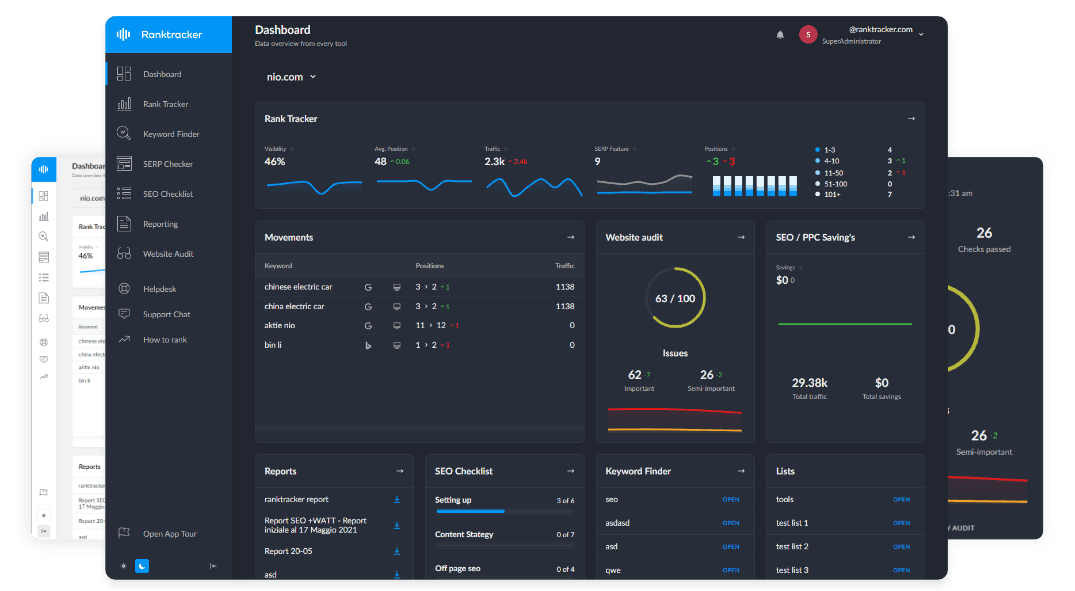Intro
Planning a trip to Japan for the first time is exciting, but it can also feel overwhelming, especially when considering accessibility. Whether you're navigating Tokyo's vast train system or exploring peaceful shrines in Kyoto, Japan offers a unique mix of everyday charm. The good news? Japan takes accessibility seriously. From transport infrastructure to public facilities and communication tools, many systems are designed with all travelers in mind.
Still, there are a few things you should know in advance to make your journey smooth and enjoyable. This guide walks you through essential tips to help ensure everyone, regardless of mobility, sensory, or tech needs, feels confident traveling in Japan.
Public Transportation: Surprisingly Friendly
Japan's public transport system is one of the most advanced in the world. Major cities like Tokyo, Osaka, and Kyoto are well-equipped with elevators, tactile paving, and multilingual signage. Most train stations offer step-free access to platforms, and station staff are trained to assist passengers with disabilities.
However, in rural areas or on older train lines, accessibility features may be limited. It's smart to plan routes ahead using apps that note wheelchair access and elevator availability. The Japan Accessible Tourism Center is also a great resource for updated information on station facilities and services.
Hotels and Accommodations
While Japan has many international hotel chains that meet global accessibility standards, smaller or traditional accommodations (like ryokans) may not. If accessibility is a concern, look for hotels that list features like barrier-free bathrooms, ramps, or roll-in showers. Websites like Japan Accessible Travel and Booking.com allow you to filter for such features.
It's worth calling ahead; many hotels are happy to provide accommodations, but don't always advertise them online. In places like Tokyo or Nagoya, you'll find that mid-range and luxury hotels are especially well-prepared for guests with diverse mobility needs.
Street-Level Navigation
Japan's urban areas are clean and well-organized, but sidewalk widths and surface types vary. In central zones, you'll notice tactile blocks that guide visually impaired pedestrians and ramps at most crosswalks. Still, older districts like Gion in Kyoto may have cobbled paths and uneven steps that require extra caution.
For travelers using wheelchairs or with limited mobility, it's helpful to map out destinations in advance and stay close to public transport. Apps like Wheelog! and Google Maps' accessibility filters can help identify smoother routes and more accessible entrances to attractions.
Communication and Tech Tools
Language can be a barrier in Japan, especially when asking for directions or medical help. Many locals use translation apps like Google Translate, and tourist centers often provide printed guides in English and other languages.
For connectivity, having a Japan eSIM preloaded on your phone helps avoid reliance on public Wi-Fi. A reliable internet connection means access to real-time navigation, translation tools, and emergency information vital when traveling with accessibility needs.
The All-in-One Platform for Effective SEO
Behind every successful business is a strong SEO campaign. But with countless optimization tools and techniques out there to choose from, it can be hard to know where to start. Well, fear no more, cause I've got just the thing to help. Presenting the Ranktracker all-in-one platform for effective SEO
We have finally opened registration to Ranktracker absolutely free!
Create a free accountOr Sign in using your credentials
Using a Japan eSIM also ensures you stay reachable by tour guides, hotel staff, or medical professionals, especially if you're on a solo trip or using support services while in the country.
Accessible Tourist Attractions
Japan's commitment to inclusion extends to many of its top attractions. Tokyo Disneyland and DisneySea, for example, have designated accessible routes, attraction guides, and rental services for mobility devices. Museums like the Edo-Tokyo Museum or Kyoto Railway Museum also cater to all visitors with elevator access and audio guides.
Temples and historical landmarks are a mixed bag; some have ramps and support, while others preserve their original architecture without modern adjustments. Still, many offer alternative viewing platforms or virtual displays. Always check the venue's website or contact them before visiting to understand what accommodations are available.
Dining and Rest Stops
Dining out in Japan is a huge part of the travel experience. While restaurants vary in size and layout, large shopping centers, airports, and train stations almost always include barrier-free dining options. Family-style restaurants and international food chains typically offer more space and accessible restrooms.
Rest areas on expressways, known as "service areas," are well-maintained and usually feature accessible bathrooms. Convenience stores like 7-Eleven and Lawson are also helpful for on-the-go travelers, as many of them now include ramps and automated doors.
Winding Up
Japan's welcoming spirit, combined with an evolving approach to accessibility, makes it an ideal destination for a wide range of travelers. From thoughtfully designed transportation to tech-driven convenience and increasingly inclusive attractions, the country strives to offer comfort without compromising on experience.
Whether you're a parent traveling with a child in a stroller, someone with mobility challenges, or a solo tourist who simply wants peace of mind, planning ahead makes all the difference. With tools like Japan eSIM for connectivity and a solid understanding of local accessibility options, you're well on your way to exploring Japan with confidence and comfort.

